The articles below provide general information on all things nuclear—ranging from nuclear energy basics and STEM content to featured industry jobs and national lab capabilities that are used to accelerate research and development in nuclear energy.
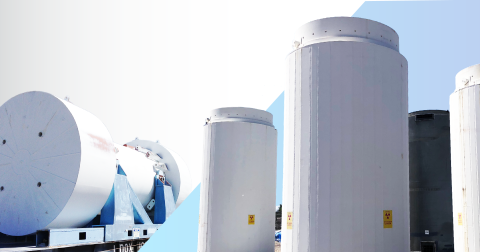
Get up to speed with these five fast facts about spent nuclear fuel.
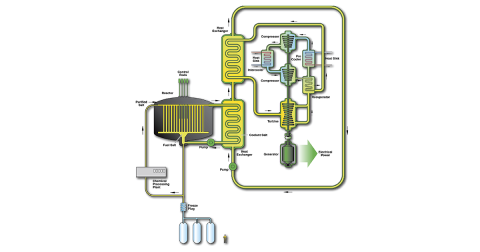
These 3 advanced reactor designs are cleaner, safer and more efficient than previous generations. They could also debut as early as 2030.
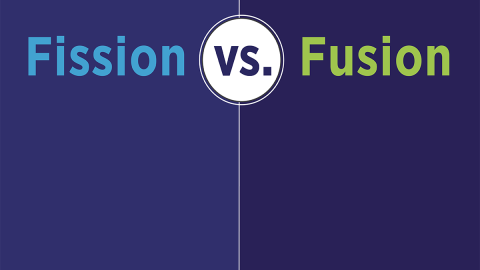
Infographic: Learn the difference between fission and fusion - two physical processes that produce massive amounts of energy from atoms.
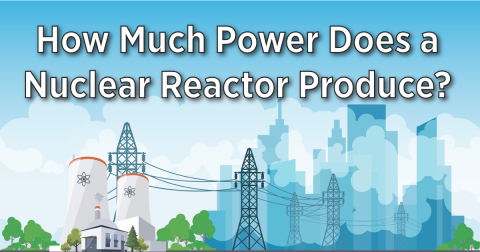
A typical nuclear reactor produces 1 gigawatt of power per plant on average. Just how much power is that exactly?
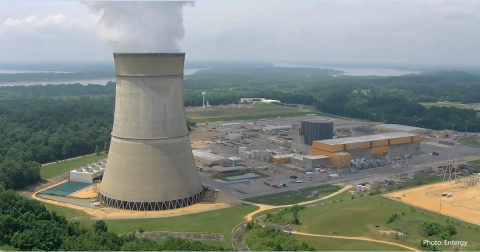
Nuclear energy has the highest capacity factor of any energy source, and it's not even close.

Microreactors are not defined by their fuel form or coolant. Instead, they have three main features.
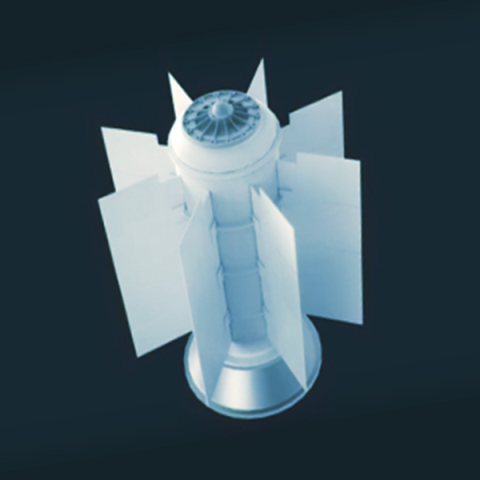
Nuclear has powered space exploration for decades. Learn radioisotope power systems' role in the most successful space missions in U.S. history.
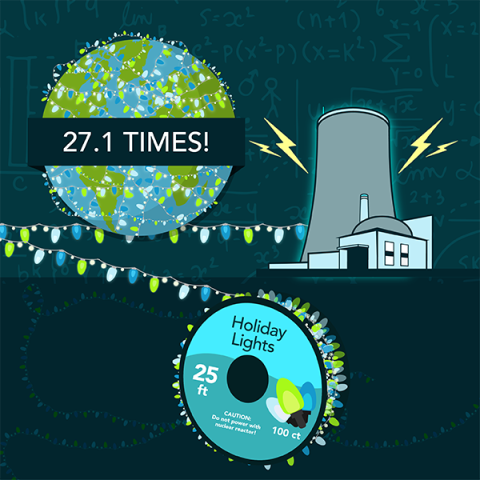
One nuclear reactor can power enough holiday lights that could wrap around the earth more than 27 times.
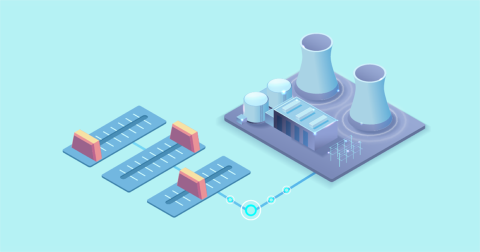
Nuclear is evolving into a more flexible energy source that can operate alongside renewable generators to create new hybrid energy systems.
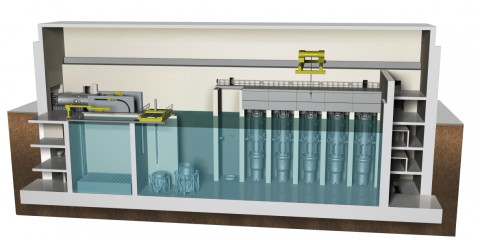
Advanced small modular reactors could change the way we think about nuclear power. Here are 4 key benefits you need to know about them.

